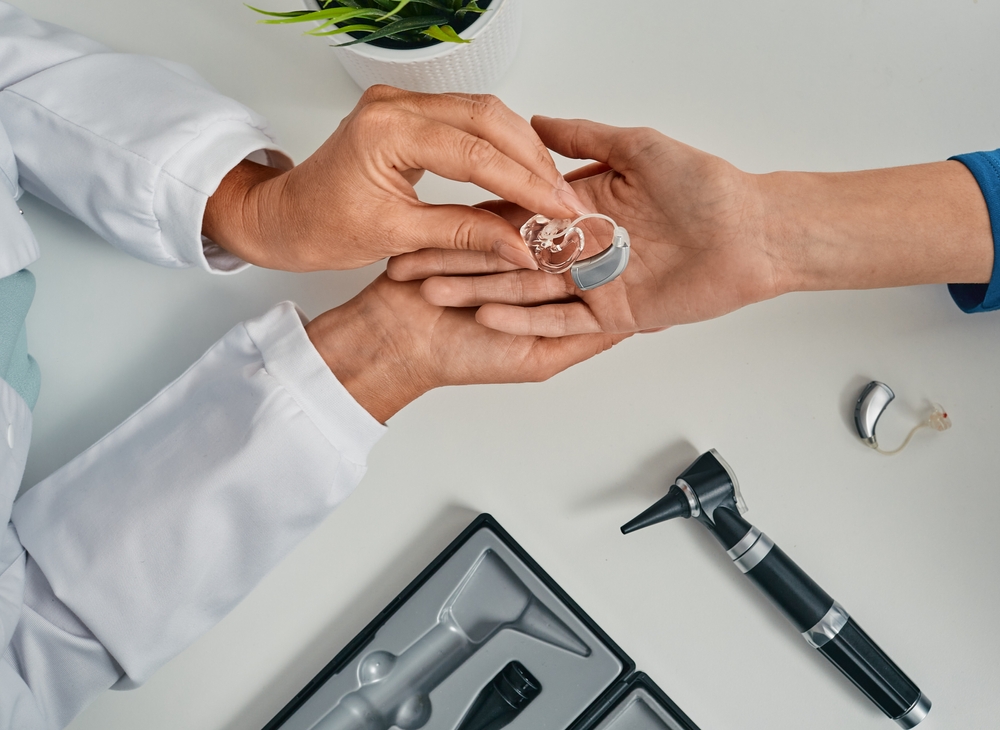
Hearing aids perform a crucial role in enhancing sound clarity and enhancing daily communication. For ideal performance, it’s essential to schedule routine maintenance and periodic professional cleaning sessions. With time, earwax, moisture, and debris can accumulate, resulting in reduced functionality. Knowing when it is time to schedule professional maintenance can help extend the life of your hearing aids and ensure they continue to operate at their best.
The significance of professional hearing aid cleaning
In spite of regular upkeep at home, hearing aids can slowly accumulate debris that might affect how well they work and the quality of sound they generate. Regular upkeep provides a number of advantages:
- Deep Cleaning– Removes earwax, filth, and moisture that everyday cleaning tools may not effectively eliminate.
- Enhanced efficiency – Gets rid of blockages that may cause muted audio or distortion.
- Improved Longevity – Helps to avoid premature degeneration, thereby minimizing the necessity for repairs or replacements.
Getting your hearing aids cleaned by a specialist helps ensure they function at their best, decreasing the likelihood of sudden malfunctions.
Indications that your hearing aids require professional maintenance
If you’re not sure whether it’s time for a professional cleaning, watch for these typical warning signs:
- Unclear or Garbled Audio: If voices and background sounds appear feeble, muffled, or altered, the issue might be caused by blockages, such as earwax or debris, obstructing the device’s microphone or speaker.
- Persistent Shrieking or Feedback: A high-pitched whistling sound (feedback) can signify wax accumulation or a poor fit. Professional cleaning can assist in clearing obstructions and adjusting the fit accurately.
- Issues with Volume Control: If adjusting the volume doesn’t seem to have the intended effect, internal components may require repair or software recalibration.
- High humidity can impact the device’s internal components, resulting in sporadic audio interruptions or faulty button control. A professional technician can assess and resolve any moisture-related concerns.
- If you recognize a noticeable increase of earwax or dirt on your hearing aids, it is encouraged to get them professionally cleaned for a more thorough removal compared to cleaning them at home.
- Use precision tools to eliminate wax, dirt, and moisture without harming fragile parts.
- Verify the correct performance by inspecting and repairing any broken components.
- Check software and hardware for any performance issues affecting sound quality.
- Replace deteriorated filters or tubing that might be impede device performance.
- General maintenance should be carried out every 3 to 6 months.
- More regular cleanings are recommended for individuals predisposed to excessive earwax accumulation or those living in humid environments.
- Dealing with small problems promptly can help avoid expensive repairs down the road.
What to expect in the course of a professional hearing aid cleaning
A thorough cleaning service not only keeps your devices in good working order but also assures top performance and effectiveness. Here a few things your hearing specialist will do during a cleaning:
How often should you schedule professional maintenance?
The frequency of professional cleanings depends on factors including earwax production, humidity levels, and usage practices. General suggestions include:
Keep your hearing aids in top condition
To keep your hearing aids functioning optimally and providing crisp, clear audio, it’s essential to schedule routine exams and maintenance with a hearing care professional.
If distorted sound, echoing, or technical issues are interrupting your experience, it’s likely that a thorough, expert cleaning is in order.
Schedule your hearing aid cleaning and maintenance now.